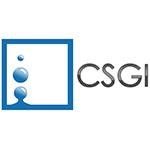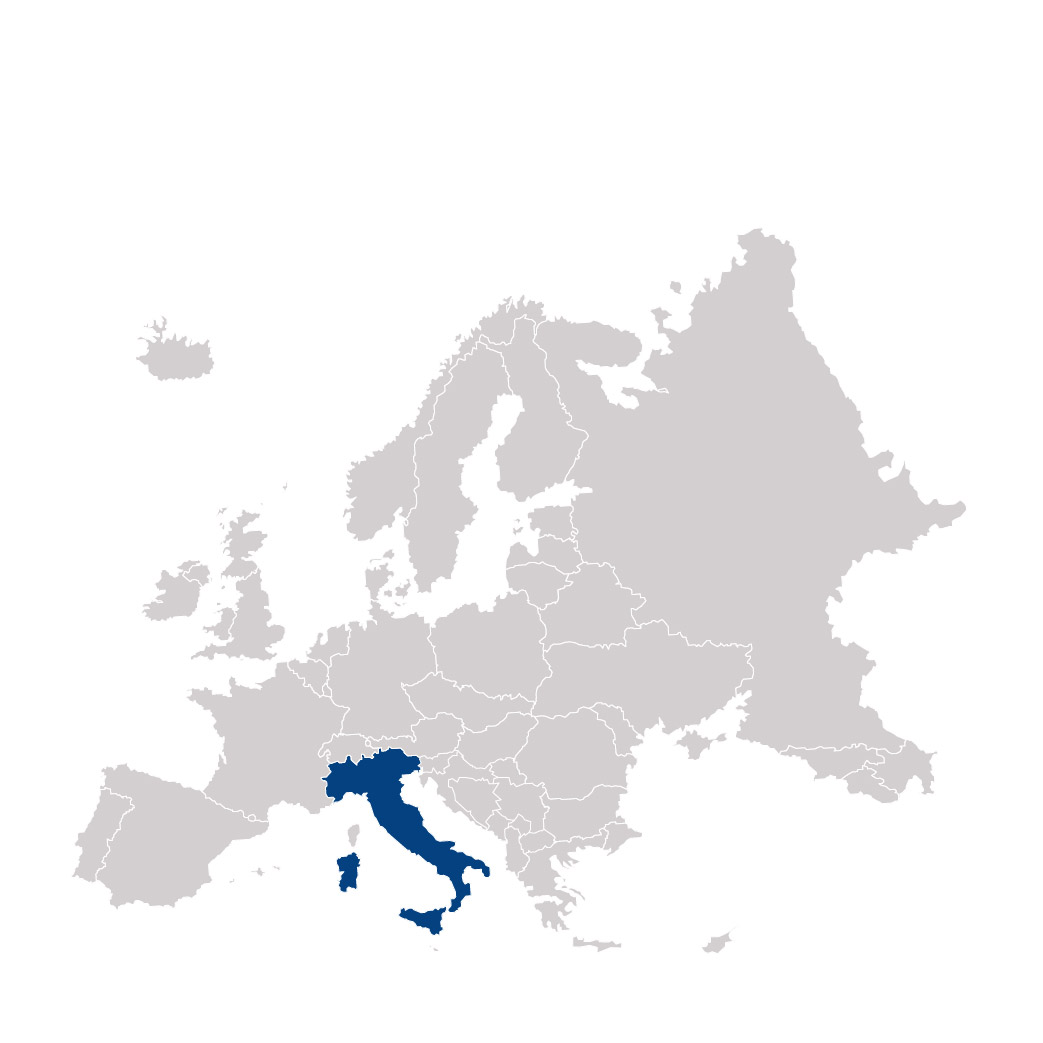CSGI – Center for Colloid and surface Science
 CSGI (Consorzio Interuniversitario per lo Sviluppo dei Sistemi a Grande Interfase, Research Center for Colloid and Surface Science) is an Italian public research organization established in December 1993 under the supervision and control of the Italian Ministry for University and Scientific Research (MIUR). The members of CSGI work in ten different Italian Universities on closely related scientific fields, concerning both fundamental and applied research. CSGI also aims at the development of high-tech new processes, as a support for the activities of the small and medium size industrial companies. CSGI researchers operate in the following scientific areas: structure and dynamics of amphiphilic supramolecular assemblies (monolayers, micelles, bilayer vesicles, microemulsions, Langmuir-Blodgett films, host-guest systems), nanostructured soft and hard materials, physical chemistry of cement, structural analysis of biomolecules in solution, interaction processes, recognition of ligands with macromolecular surfaces, formulation of nanophasic systems. CSGI has an international reputation in the field of nanotechnology for the conservation of cultural heritage and the optimization of industrial processes using colloid and surface science.
CSGI (Consorzio Interuniversitario per lo Sviluppo dei Sistemi a Grande Interfase, Research Center for Colloid and Surface Science) is an Italian public research organization established in December 1993 under the supervision and control of the Italian Ministry for University and Scientific Research (MIUR). The members of CSGI work in ten different Italian Universities on closely related scientific fields, concerning both fundamental and applied research. CSGI also aims at the development of high-tech new processes, as a support for the activities of the small and medium size industrial companies. CSGI researchers operate in the following scientific areas: structure and dynamics of amphiphilic supramolecular assemblies (monolayers, micelles, bilayer vesicles, microemulsions, Langmuir-Blodgett films, host-guest systems), nanostructured soft and hard materials, physical chemistry of cement, structural analysis of biomolecules in solution, interaction processes, recognition of ligands with macromolecular surfaces, formulation of nanophasic systems. CSGI has an international reputation in the field of nanotechnology for the conservation of cultural heritage and the optimization of industrial processes using colloid and surface science.
CSGI is involved in APACHE with the formulation of novel absorbents for VOCs and pollutants. CSGI has in charge the scientific and financial management of APACHE. CSGI will also contribute to the activities related to exploitation, dissemination, and communication of the projects results.
Expertise and infrastructure related to the project
The unit of Florence is the head of the consortium CSGI that gathers ten Italian universities, joining their efforts to bring their original contribution to Colloid & Surface Science. The unit of Florence has the following facilities and capabilities:
- Static (SLS) and dynamic light scattering (DLS),
- Small angle x-ray scattering (Kratky camera+1D PSD and 2D System + CCD),
- Circular Dichroism,
- Calorimetry (DTA-TG, DSC),
- Rheological characterization of materials,
- Gillmore test apparatus for the assessment of the initial and final setting times,
- Physico-chemical characterization of surfaces (measurements of contact angle and surface tension),
- Gas-porosimetry for the analysis of the Specific Surface area (BET method),
- Z-potential combined with a size analyzer,
- ATR and micro-reflectance FT-IR spectroscopy,
- Atomic Force Microscopy AFM,
- Scanning Electron Microscopy (SEM) with In-lens detector plus EDS system,
- Laser diffraction particle sizing,
- Laser Scanning Confocal microscopy.
LOCATION

